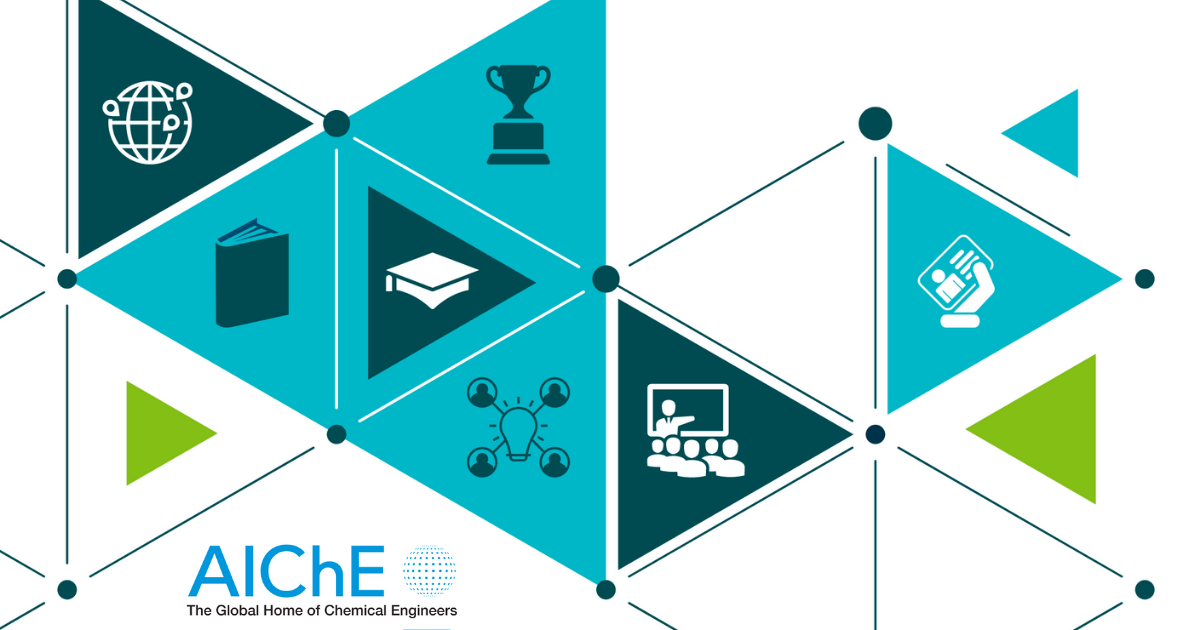On Oct. 23, 2023, the U.S. Dept. of Energy (DOE) renewed AIChE’s Rapid Advancement in Process Intensification Deployment (RAPID) Institute for an additional five years. A key deliverable for this newest iteration of RAPID — dubbed RAPID 2.0 — is the development of a methodology that can help engineers and developers determine if a technology and its supporting components are ready for scale-up. Given the breadth of process technology, the methodology must avoid unnecessarily detailed process specifics while including a “just right” level of detail to produce accurate results with reasonable user effort.
Traditionally, a technology’s readiness can be evaluated using well-known methodologies such as the National Aeronautics and Space Administration’s (NASA’s) Technology Readiness Levels (TRLs). In 1974, Stan Sadin, a NASA researcher, conceived the first seven-level scale, which was later expanded to nine levels in the 1990s. The TRL scale has gained widespread acceptance, although its language and syntax reflect its aeronautical/aerospace origins. The NASA TRL scale remains in use in various government agencies and institutes, modified to suit each particular field (1–4).
The NASA TRL methodology allows a developer to gauge the maturity/readiness of their technology, independent of its type. BioMADE has developed a highly detailed framework called the “bioindustrial manufacturing readiness levels (BioMRLs)” that defines the development work corresponding to the readiness level for each required task and subtask (1). By compiling the information for the detailed matrix, this methodology provides an accurate assessment of the technology’s maturity.
The National Institute for Innovation in Manufacturing Biopharmaceuticals (NIIMBL) has simplified its readiness levels into a more approachable quick screening tool that incorporates the stringent regulations and specialized nature of the biopharmaceutical industry (2). The DOE has developed a Commercial Adoption Readiness Assessment Tool (CARAT) that assigns a risk level to each aspect of a technology to assess the overall risk (3). Although each of these frameworks helps developers gain a better understanding of their...
Would you like to access the complete CEP Article?
No problem. You just have to complete the following steps.
You have completed 0 of 2 steps.
-
Log in
You must be logged in to view this content. Log in now.
-
AIChE Membership
You must be an AIChE member to view this article. Join now.
Copyright Permissions
Would you like to reuse content from CEP Magazine? It’s easy to request permission to reuse content. Simply click here to connect instantly to licensing services, where you can choose from a list of options regarding how you would like to reuse the desired content and complete the transaction.
